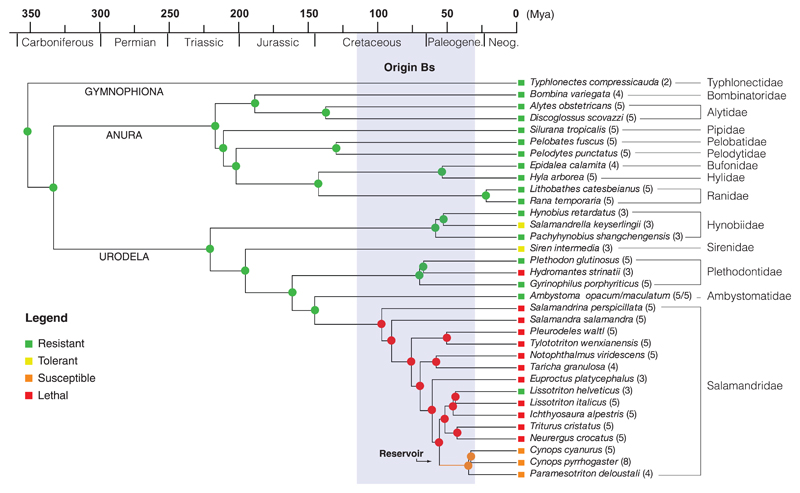Fig. 1. Amphibian susceptibility to Batrachochytrium salamandrivorans (Bs) through time.
Molecular time scale (millions of years ago) for 34 species; rectangles indicate the species category based on the experimental infection tests. Resistant: no infection, no disease; tolerant: infection in the absence of disease; susceptible: infection resulting in clinical disease with possibility of subsequent recovery; lethal: infection resulting in lethal disease in all infected animals. Colored dots on nodes indicate the results of the maximum likelihood ancestral reconstructions (P > 0.95).The clade of susceptible Asian salamanders that originated in the early Paleogene is indicated in orange. The 95% highest posterior density for time of divergence between B. salamandrivorans and B. dendrobatidis is indicated in gray.

